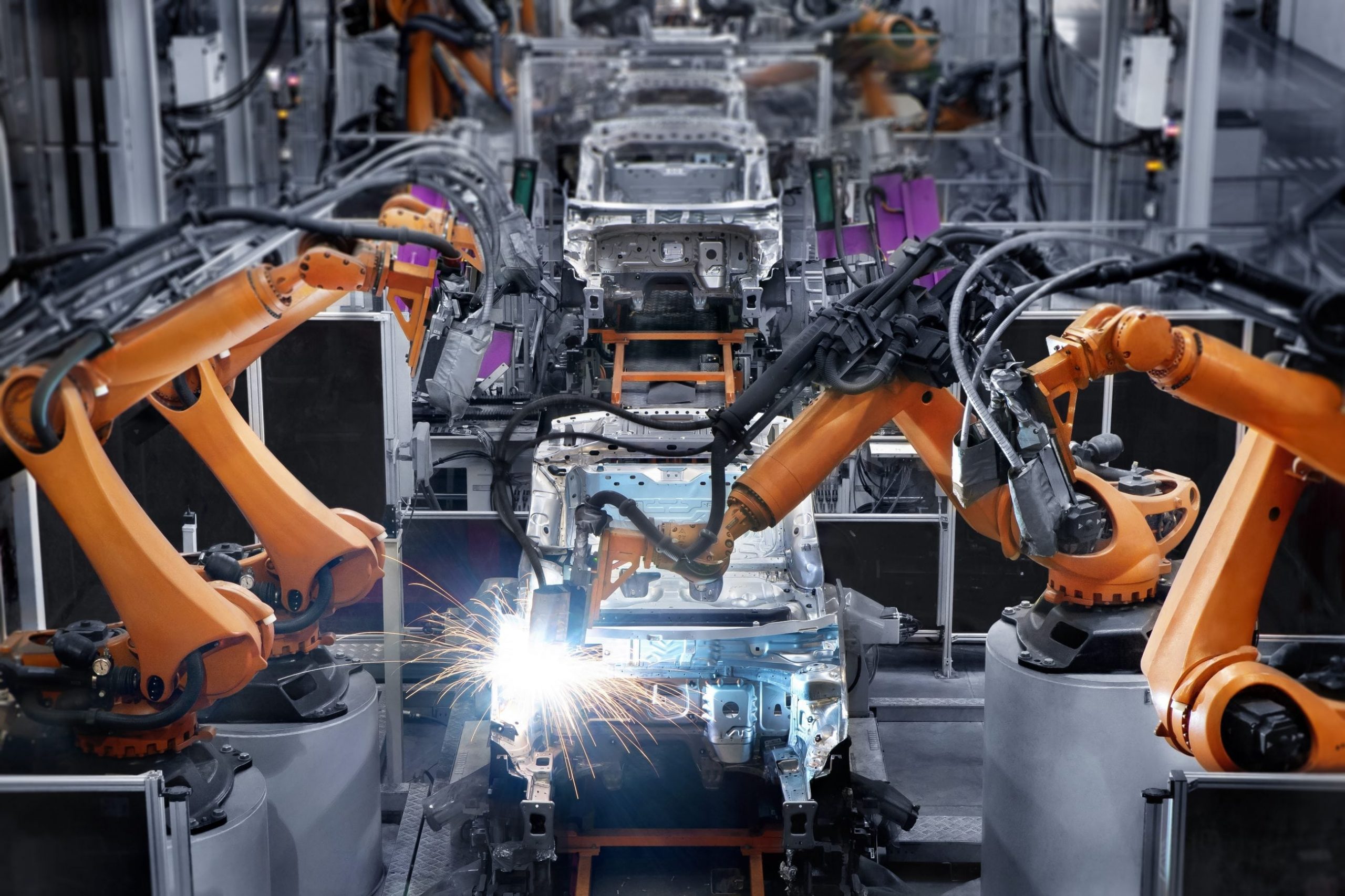Year-on-year electronics manufacturing is seeing seismic changes as new technology and digitalisation disrupts the marketplace. To stay ahead you need to be quick to identify the trends that will impact your business, and flexible and agile enough to capitalise on new developments.
What trends in manufacturing are gaining momentum this year? Here we look at three key trends that we think our customers should be aware of.
- Adding Business Services
A global marketplace where customers (B2B and D2C) can buy components from anywhere in the world at a click of a button has resulted in a highly competitive environment. Manufacturers compete on quality, price, fulfilment times, and shipping, trying to differentiate their companies from each other.
Value adding services are something we are seeing across different industries. To attract new customers, build long term relationships and retain existing customers, many companies are not only focussed on their core business but adding further value with additional business services.
In manufacturing business support services such as product realisation are increasingly being offered. Manufacturers are creating a one-stop-shop for entrepreneurs, inventors and businesses who want to get a product to market, by providing them with services for every step in the journey. This is helping companies to differentiate themselves from competitors by offering personalised and bespoke services and support.
- IoT – More ‘Things’ Are Getting Connected
Until recently when we talk about the Internet of Things (IoT), ‘things’ typical refer to electronic components or devices. However, as we recently reported in our blog about flexible integrated circuits, ‘things’ really can be anything – non-electronic products too.
Innovations in sensor technology, PCB assembly and cable assembly are also driving innovation in IoT. If you want to make something connective, the technology is there to do it, opening up many possibilities for electronics manufacturing and product design.
- Smart Factories
The combination of artificial intelligence and big data is helping to drive efficiencies in manufacturing, creating smart factories that can increase production capacity by 20%. AI can be utilised to automate many processes and systems, reduce waste, make decisions in milliseconds and respond to changes instantly.
However, when combined with data analytics there is even more scope to drive efficiencies and meet customer demand. For example, data can be used to predict demand for a particular component or product, or improve predictive maintenance of industrial equipment. McKinsey research shows that AI driven by data analytics can generate a 10% reduction in annual maintenance costs, up to a 20% downtime reduction and 25% reduction in inspection costs.
These are just some of the trends in electronics manufacturing we are seeing taking shape this year. Keep following our blog to learn more about what’s happening in electronics manufacturing and keep up-to-date with key trends and developments.
If you would like to discuss how these trends apply to your business, please get in touch.









